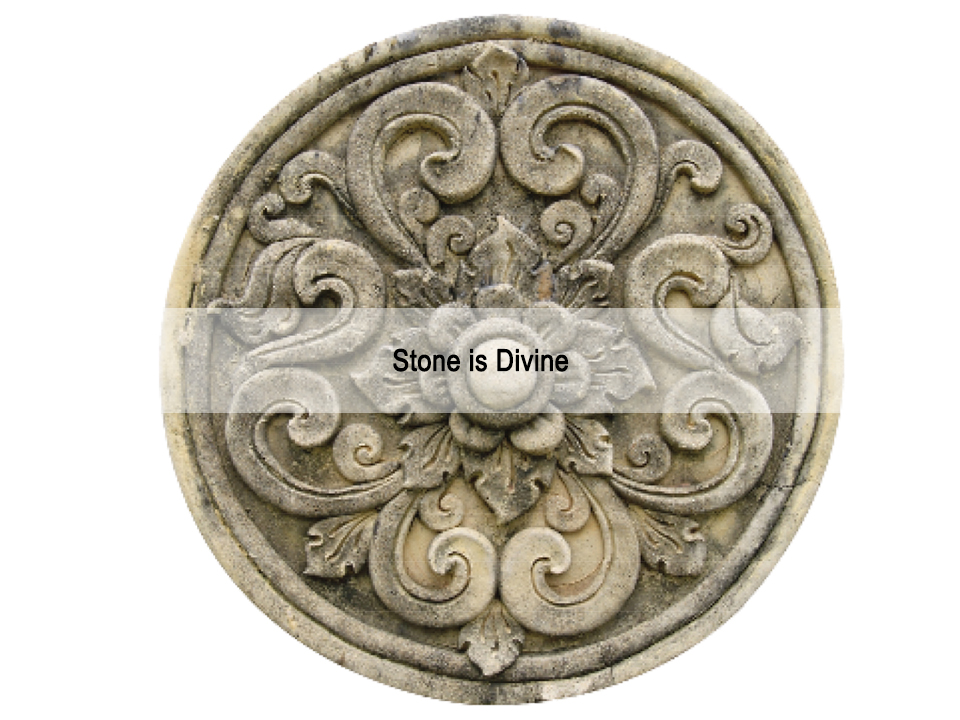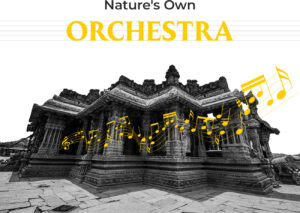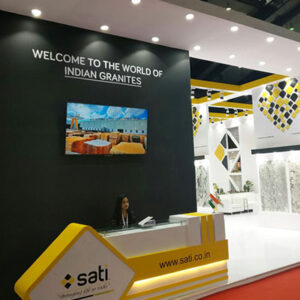Most people often pay no heed to stones, which we stumble upon daily. We step on them, pick and throw them to show contempt and even kick them away with our feet, not realizing what value it holds in many places and in what ways.
The use of stones started in the stone age when humans started understanding the possibilities of using them in different ways. Imagine, we would not have had light in the dark, warmth, protection against wild animals or even good and tasty cooked food had fire not been discovered and this came from rubbing stones. Stones were also used as tools by primitive humans either for their own safety or to hunt. Slowly, they began to be used for constructing structures that protected them from harsh climates or wild animals. From then onwards, stones were constantly used in architecture.
Kailash Temple in Ellora

The Brihadishvara Temple
The Brihadishvara Temple dedicated to Lord Shiva, situated on the south bank of Cauvery River, Thanjavur was built by the Chola Emperor, Rajaraja between 1003 and 1010 CE using granite and large blocks of stone that were transported from far. This temple is a part of the UNESCO World Heritage Site. The exemplary architecture, along with the intricate carvings adds to the majestic, grandeur of the Thanjavur temple.
Around 3000 years ago, Indian temples, especially those in the south, were built using natural stones like granite as they were believed to store certain vibrations and emit positive energy. Sculptors also believed that stones possessed medicinal properties and healing capabilities. The most intriguing fact is that these temples made of natural stones could not be completely destroyed by the Mughals.
Taj Mahal

Sri Venkateshwara Balaji Temple
The largest and most visited temple in India, Sri Venkateshwara Balaji temple of the holy city, Tirupati of Andhra Pradesh was constructed using granite in the 6th century by the Pallava kings. This temple was dedicated to the incarnation of Lord Vishnu.
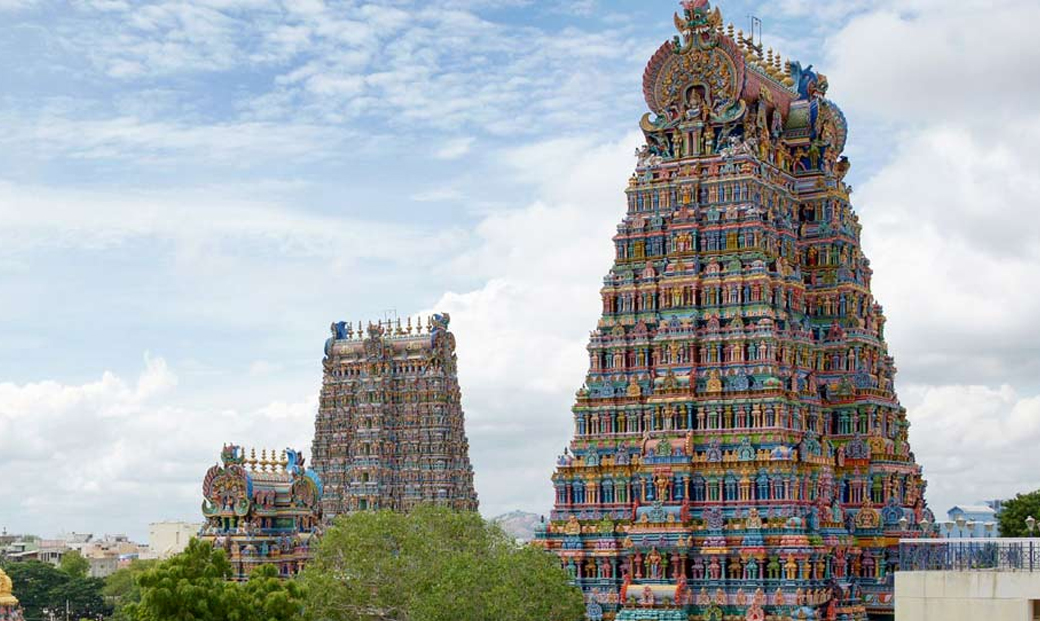
Meenakshi Sundareshan Temple
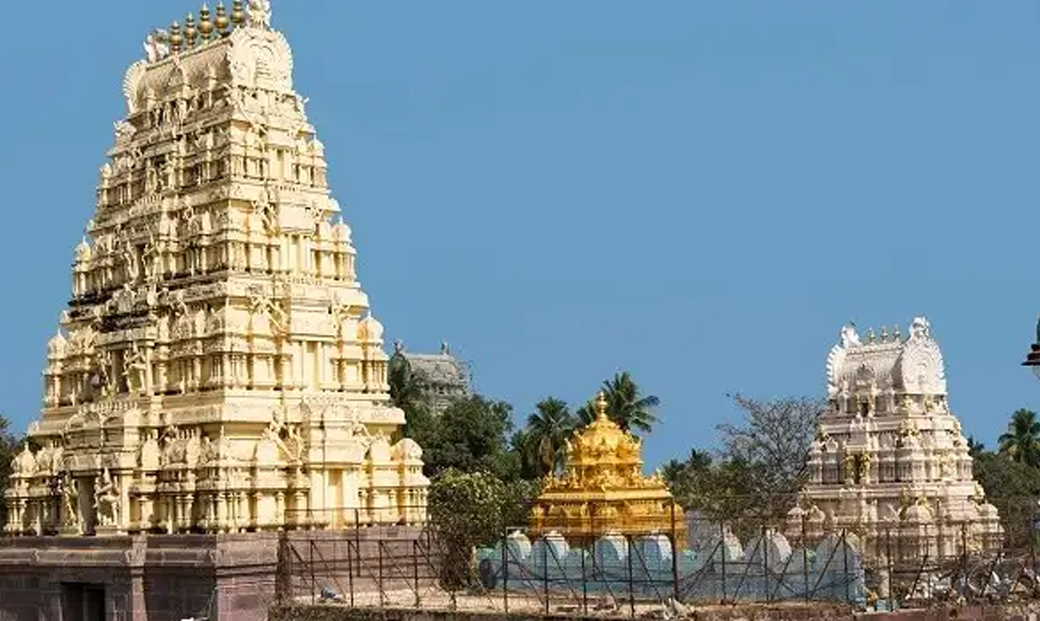
Mallikarjuna Swamy Temple
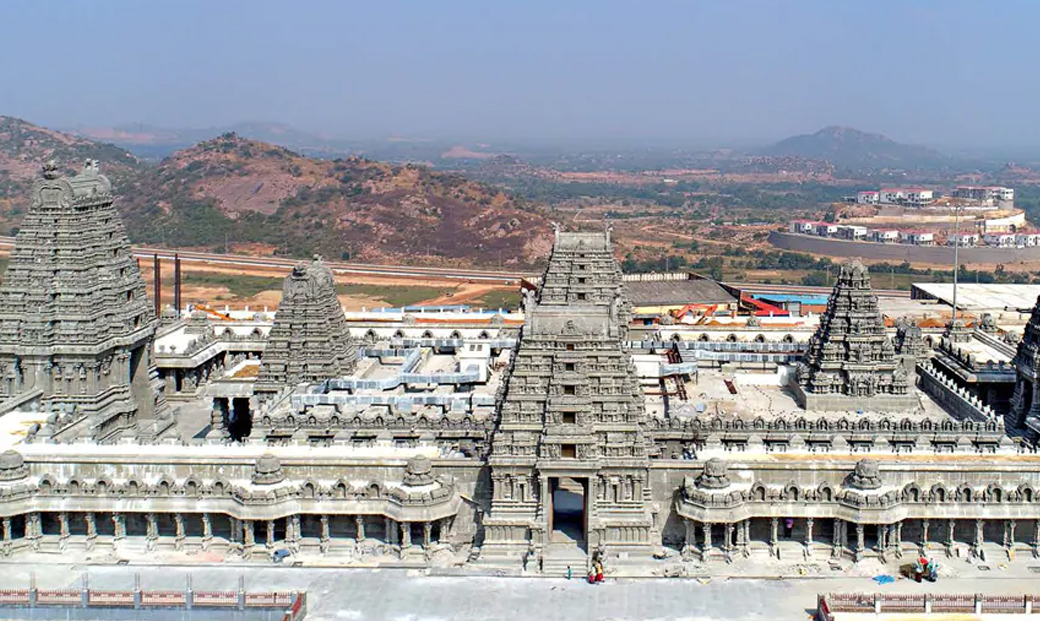
Narasimha Temple


